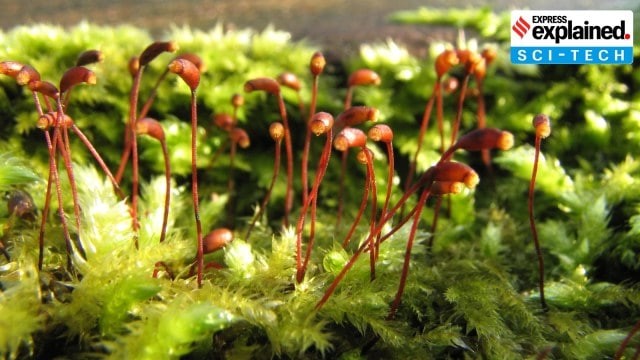Description
GS PAPER II: Conservation, environmental pollution and degradation, environmental impact assessment.
Context: The Kerala University of Fisheries and Ocean Studies (Kufos) is looking to deploy the biofloc method to farm Vannamei shrimp even as COVID-19 restrictions and job losses are turning more and more people to self-employment in agriculture and allied activities.
More about news:
- It has found acceptance among aquaculturists with the Department of Fisheries offering support for the programme.
- The fish that is now being widely cultivated using the technology is the genetically-modified farmed tilapia (GIFT).
- Such ventures can be turned into economically-remunerative ones for farmers by switching the candidate species to Vannamei shrimp.
Biofloc technology
- It is an intensive aquaculture system and is considered to hold an advantage over conventional systems, as the normally harmful waste produced in conventional aquaculture can be turned into feed for fish.
- Those with limited land area could take up fish culture using the technology.
- The exotic whiteleg shrimps are native to the Eastern Pacific Ocean and have been found to be suited to the brackish water conditions in Kerala.
- Extensive culture of Vannamei has been undertaken in Andhra Pradesh, West Bengal, Orissa, and Tamil Nadu, among other coastal States.

- Biofloc system was developed to improve the environmental control over the aquatic animal production.
- In aquaculture, the strong influential factors are the feed cost (accounting to 60% of the total production cost) and most limiting factor is the water/land availability.
- Biofloc system is a wastewater treatment which has gained vital importance as an approach in aquaculture.
- The principle of this technique is the generation of nitrogen cycle by maintaining higher C: N ratio through stimulating heterotrophic microbial growth, which assimilates the nitrogenous waste that can be exploited by the cultured spices as a feed.
- The biofloc technology is not only effective in treating the waste but also grants nutrition to the aquatic animal.
- The higher C : N is maintained through the addition of carbohydrate source (molasses) and the water quality is improved through the production of high quality single cell microbial protein.
- In such condition, dense microorganisms develop and function both as bioreactor controlling water quality and protein food source.
- The biofloc technology has been implemented in shrimp farming due to its bottom dwelling habit and resistance to environmental changes.
https://www.thehindu.com/news/cities/Kochi/kufos-looks-to-leverage-biofloc-method-for-vannamei-farming/article34542990.ece











